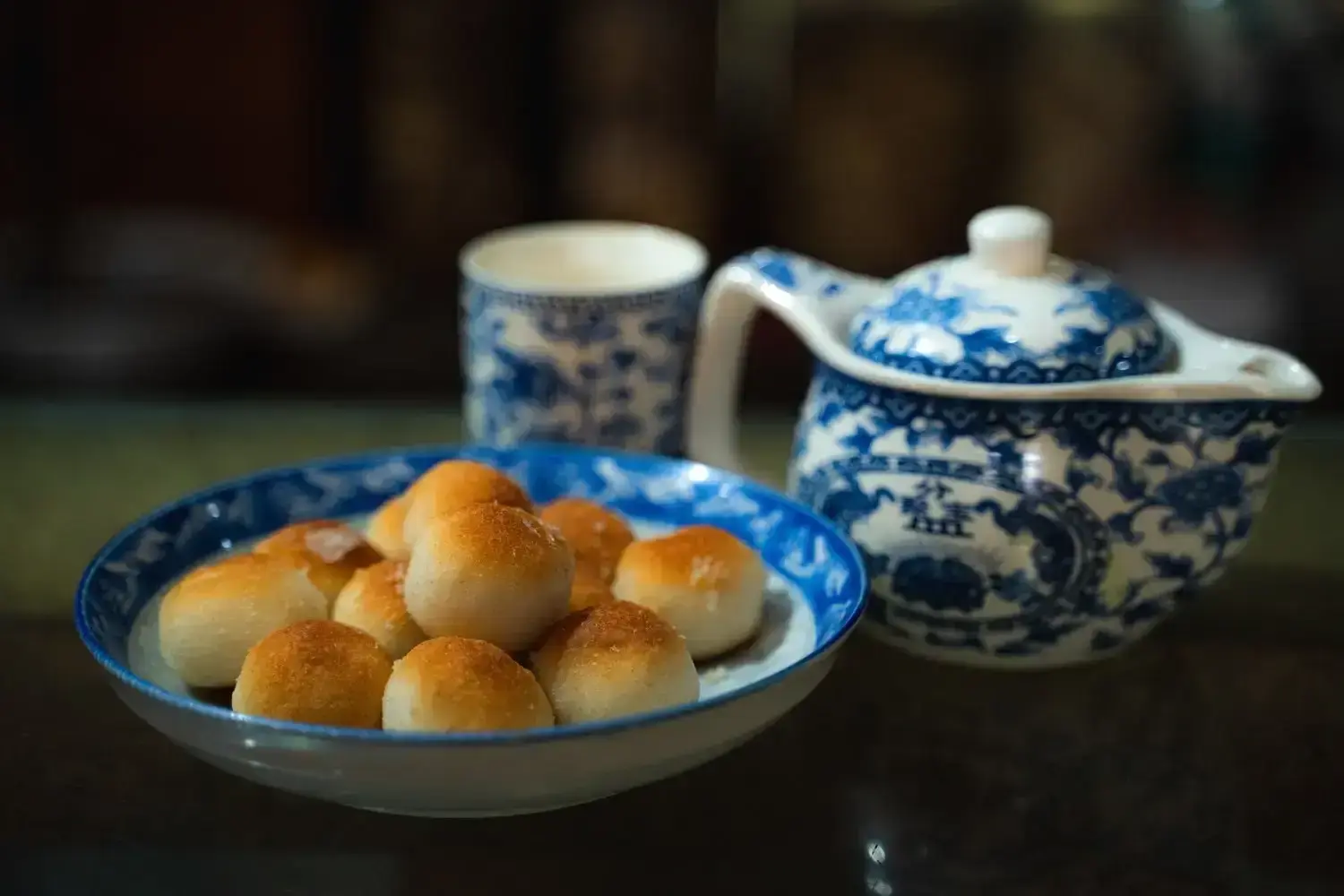Goa’s Colourful Secret – The Chitari Art
- Sharvani Chandvale
- Jan 27
- 4 min read

While everyone’s heard of the gorgeous azulejos and the magical bamboo craft, Goa’s Chitari Art gets left behind. It’s not available as easily and you have to travel quite an bit to get your hands on it. That’s what makes it so special.
What's in the blog
This blog will dive into the world of Goa’s Chitari Art and why it’s one of Goa’s local handicrafts you should get your hands on.
Meet the Chitari Artisan’s Community
“Parents these days don’t purchase these wooden toys. Plastic toys are in vogue with their shiny electrical lights.” says Pradip Chitari, one of the members of the Chitari community that finds its domicile in the Demani village in Cuncolim. We wade through lush green roads and closely spaced homes to reach the Chitryawaddo, where currently, the advoli, or the traditional cutting board is under production.

“It’s a part of the worjem, the bride’s trousseau that she carries with her to her in-laws.” Pradip adds, “They also take with them the traditional paat, a low wooden stool, and are gifted 28 wooden fruits on Ganesh Chaturthi.”
It’s serene to witness an art that’s shared between 4-5 families, reverberated through the customs and traditions of the entire state. Go to any of the older Goan homes, the houses with Rajangans, or courtyards and Balcãos, you’re bound to find little pieces of the Chitari craft.

Losing an important tradition
“It’s getting more difficult with time. Our children don’t want to learn and people don’t want to buy. The wood is difficult to procure too. It is integral that an art form like this be protected or it will disappear and be forgotten eventually.”

What really makes this craft priceless is the intricacies of the work that goes into it. The artists start from scratch – they obtain the wood, they cut it, shape it, sandpaper it and then, the more qualified ones are allowed to engrave designs on the finished product and paint it. What’s fascinating to note here is that the Chitari share a booming business relationship with the Achari community, which prides itself in its vocation of carpentry.
“We’d use lacquer initially but have now shifted to powder paints. We paint and then varnish the finished product.”
The history of Chitari art
Chitari is almost a 300 year old art form, dating back to the craftsmen of the Vijayanagar Empire. It’s unique in not only its trademark handiwork, but also it’s bright yellow and red hues and simple designs that breathe freely. One finds all sorts of toys and artefacts created using this art form, such as a very popular board game known as tabul fale. Popular until the 1980s, this game has been forgotten with time and replaced with technology too. It’s hard to miss the intricacies of its design and structure, and even harder to not lose yourself in the gameplay.
“We still play it at home, it’s so much fun to get everyone together and feel the air get tense with all the competitive spirit!” Says Kedar, Soul Travelling’s director.
How Chitari is made
Chitari artefacts are durable. The artisans only use jackfruit or mango wood that has today replaced the yadu wood, which has become harder to obtain, due to environmental laws. The craftsmen leave the wood out in the sun to get rid of all its moisture. According to Pradip, moist wood bends, so this step is crucial. A lot of toys are made of Chitari such as kitchen sets, tops and even wooden horses for kids to ride on.
“It’s dried before cutting and then some more, after it’s shaped.” He adds. “Then it’s sawed and sandpapered with care to ensure it’s as close to perfect as it can be!” The pride in his eyes his evident.
What do Chitari artisans make?
Amongst other Chitari craft are the ganjifa cards, a set of 120 cards that were used by the kings in days bygone. These aesthetic cards have been intricately painted on with water colours. A part of these vivid designs were the dashavtars, the ten incarnations of Lord Vishnu. Prominently, cartridge paper is used and in a spin-off version, the cards are stuck on oyster shells.
“Apart from this, we also make cradles for babies. For those we have a devout customer base. They will only buy cradles from us and no one else. Each cradles take 20-25 hours to design and paint on and making them makes us feel so content.” Pradip remarks.
History goes that over time, Chitari spread to other parts such as Sawantwadi and Mangalore with a larger, more centred market. Some stories tell us that it was due to the oppression of the Portuguese and religious regions but others also believe it was simply to branch out.
Chitari art’s present

Today, these pragmatic craftsmen practice their art with as much gusto as their forefathers. The dust from all the sawing and the sandpaper work rises and when it settles, there is a piece of unique artefact, full of colours and life, ready to undertake a journey to a different home. In its authenticity lies is solidarity to an art form that cherishes vivid yellows and reds and gorgeous parakeets that have by now been etched in our heads. Chitari isn’t just defined by the surnames of the people or their vocation; it is so much more.
It is a story waiting to be told through wooden toys that our grandparents have grown up playing, and through the collection of beautiful fruits that a Goan lady has kept safe for years. It is the laughter that rose over a game of tabul fale, or in a sitting room filled with brilliant paats, because some things stand the test of time. Chitari Art, lives to tell its own story.
Find out more about Chitari with Rocky and Mayur, or get in touch with Soul Travelling!









Comments